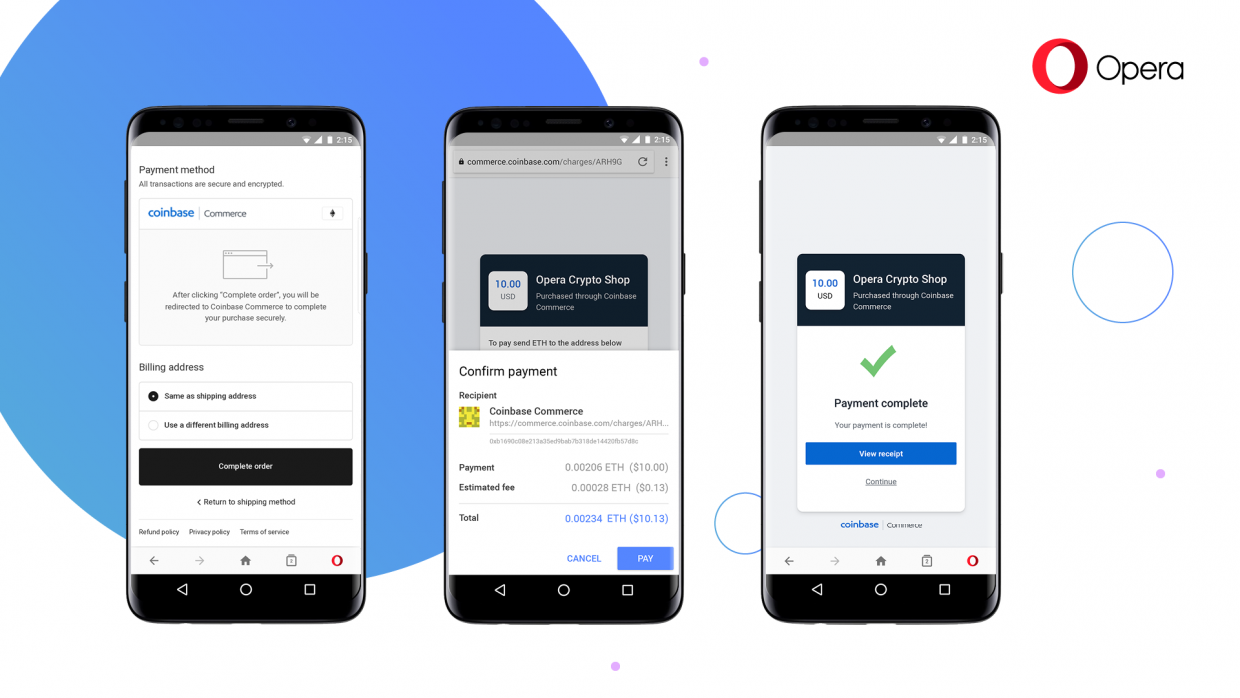Back in April, Facebook announced that it would be working with a group of academics to establish an independent research commission to look into issues of social and political significance using the company’s own extensive data collection. That commission just came out of stealth; it’s called Social Science One, and its first project will have researchers analyzing about a petabyte’s worth of sharing data.
The way the commission works is basically that a group of academics is created and given full access to the processes and datasets that Facebook could potentially provide. They identify and help design interesting sets based on their experience as researchers themselves, then document them publicly — for instance, “this dataset consists of 10 million status updates taken during the week of the Brexit vote, structured in such and such a way.”
This documentation describing the set doubles as a “request for proposals” from the research community. Other researchers interested in the data propose analyses or experiments, which are evaluated by commission. These proposals are then granted (according to their merit) access to the data, funding, and other privileges. Resulting papers will be peer reviewed with help from the Social Science Research Council, and can be published without being approved (or even seen) by Facebook.
“The data collected by private companies has vast potential to help social scientists understand and solve society’s greatest challenges. But until now that data has typically been unavailable for academic research,” said Social Science One co-founder, Harvard’s Gary King, in a blog post announcing the initiative. “Social Science One has established an ethical structure for marshaling privacy preserving industry data for the greater social good while ensuring full academic publishing freedom.”
If you’re curious about the specifics of the partnership, it’s actually been described in a paper of its own, available here.
The first dataset is a juicy one: “almost all” public URLs shared and clicked by Facebook users globally, accompanied by a host of useful metadata.
It will contain “on the order of 2 million unique URLs shared in 300 million posts, per week,” reads a document describing the set. “We estimate that the data will contain on the order of 30 billion rows, translating to an effective raw size on the order of a petabyte.”
The metadata includes country, user age, device and so on, but also dozens of other items, such as “ideological affiliation bucket,” the proportion of friends vs. non-friends who viewed a post, feed position, the number of total shares, clicks, likes, hearts, flags… there’s going to be quite a lot to sort through. Naturally all this is carefully pruned to protect user privacy — this is a proper research dataset, not a Cambridge Analytica-style catch-all siphoned from the service.
In a call accompanying the announcement, King explained that the commission had much more data coming down the pipeline, with a focus on disinformation, polarization, election integrity, political advertising, and civic engagement.
“It really does get at some of the fundamental questions of social media and democracy,” King said on the call.
The other sets are in various stages of completeness or permission: post-election survey participants in Mexico and elsewhere are being asked if their responses can be connected with their Facebook profiles; the political ad archive will be formally made available; they’re working on something with CrowdTangle; there are various partnerships with other researchers and institutions around the world.
A “continuous feed of all public posts on Facebook and Instagram” and “a large random sample of Facebook newsfeeds” are also under consideration, probably encountering serious scrutiny and caveats from the company.
Of course quality research must be paid for, and it would be irresponsible not to note that Social Science One is funded not by Facebook but by a number of foundations: the Laura and John Arnold Foundation, The Democracy Fund, The William and Flora Hewlett Foundation, The John S. and James L. Knight Foundation, The Charles Koch Foundation, Omidyar Network’s Tech and Society Solutions Lab, and The Alfred P. Sloan Foundation.
You can keep up with the organization’s work here; it really is a promising endeavor and will almost certainly produce some interesting science — though not for some time. We’ll keep an eye out for any research emerging from the partnership.




